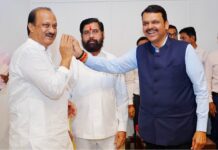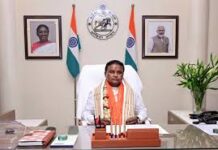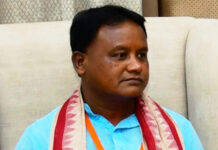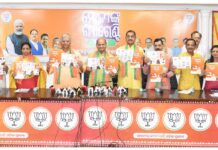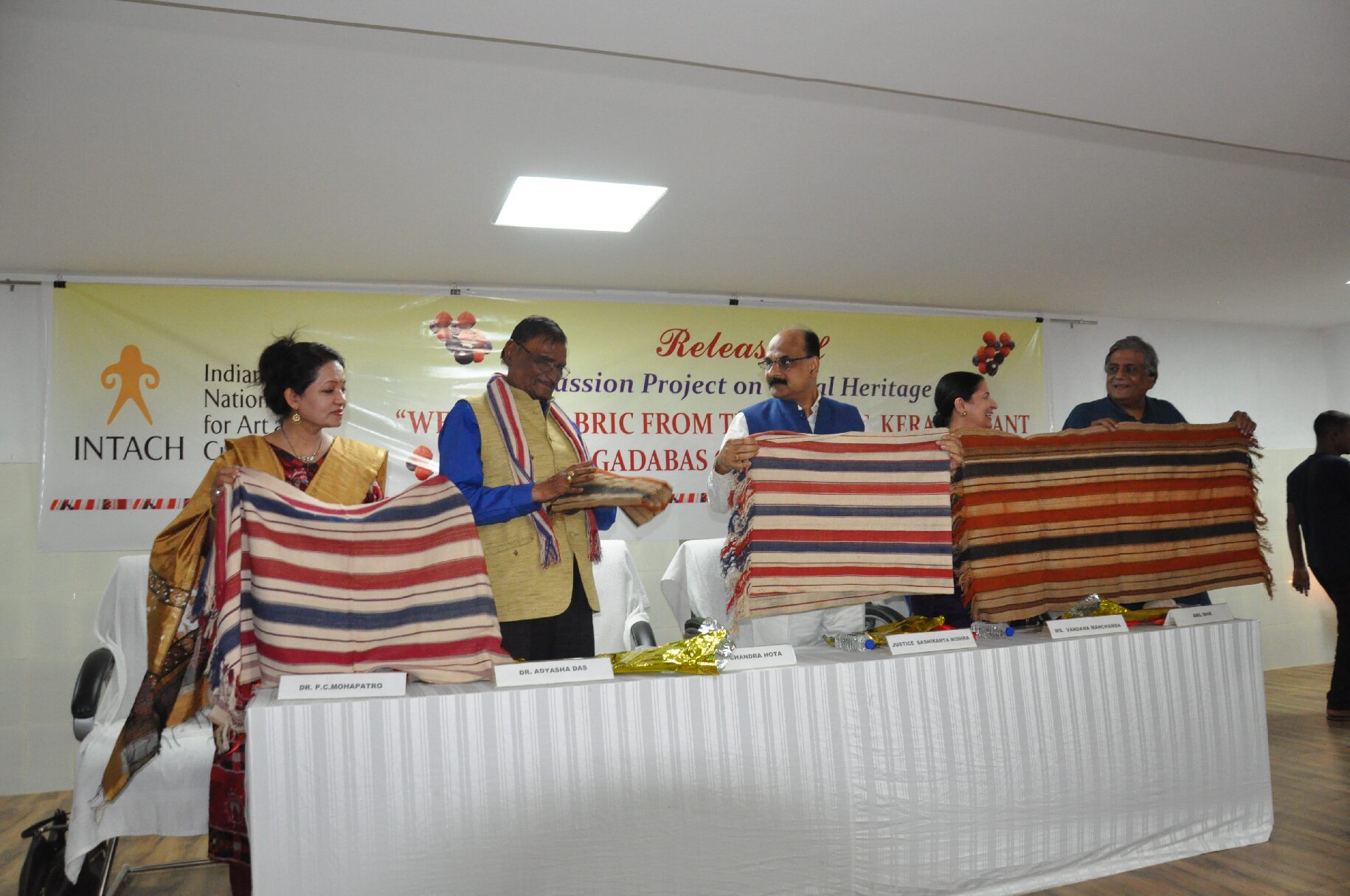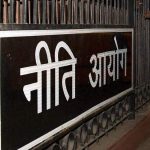This Rath Yatra was keenly awaited as the event was being held under the state’s first BJP government which had just taken charge. Smooth conduct of the Yatra was seen as a kind of test for chief minister Mohan Majhi. He has passed the test with flying colours. The Yatra was a grand success notwithstanding stray incidents like the death of a devotee due to suffocation and the slipping of lord Balabhadra’s idol from Charamala during Adapa Pahandi. None of these incidents can be attributed to mismanagement on the part of the administration. The Yatra, on the whole, was an immensely enjoyable experience. The government also kept its promise of opening the Ratna Bhandar of the 12th century Shree Jagannath temple.
Organising the Rath Yatra, the first one held on its watch, was an acid test for Odisha’s first-ever BJP government and it has passed the test with flying colours. The one death that occurred during the Yatra had nothing to do with the management. It was purely an accident for which the government cannot and should not be blamed.
Even the much talked about incident of lord Balabhadra’s idol slipping off the Charamala during the Adapa Pahandi cannot be attributed to any kind of mismanagement on the part of the administration. It was a freak incident which could have been avoided had the sevayats been a little more careful.
Still chief minister Mohan Charan Majhi gracefully acknowledged the criticism in this regard and responding to the letter of the leader of Opposition Naveen Patnaik he expressed his deep anguish at what had happened. The chief minister pointed out that soon after he came to know about the incident, he directed deputy chief minister Pravati Parida and Law minister Prithiviraj Harichandan to rush to Puri. “Besides, I had also directed everybody to ensure that such incidents do not recur,” he said.
Stating that Lord Jagannath is not only the symbol of Odia Asmita, the chief minister said that he is the Lord of the entire Jagat (Universe). The rituals and system of worship of Lord Jagannath, Lord Balabhadra and Devi Subhadra is rare in the world, he stated. He accepted the advice of Patnaik with du7e regard. Acknowledging that the incident during the Adapa pahandi has saddened devotees around the world, Majhi said, “It is also natural for you to be disturbed over it. I am also deeply saddened over such an incident.” The chief minister said he has taken the letter of the Opposition leader with all seriousness. “We all will complete the Gundicha Yatra and services of the deities properly. Your advise is always accepted with honour,” he added. This shows the maturity of the chief minister and the dignified manner in which he handles criticism.
In the wake of the incident a new chief temple administrator was appointed and he immediately announced that no mobile phones will be allowed atop the three chariots of Lord Balabhadra, Devi Subhadra and Lord Jagannath. He also said that any act of indiscipline on the chariots or during the rituals will be dealt with strictly. Overcrowding of the three chariots – Taladhwaja, Darpadala and Nandighosha – will also be prevented as only designated servitors would be allowed to remain on the chariots during the Bahuda, Niladri Bije and other rituals.
Earlier, the managing committee of the temple formed a three-member committee to inquire into the mishap with the panel supposed to submit its report within 10 days of Niladri Bije. According to the standard operating procedure for Rath yatra 60 servitors were supposed to be present on Lord Balabhadra’s Taladhwaja, 50 on Devi Subhadra’s Darpadalana and 70 on Lord Jagannath’s Nandighosha on Rath Yatra. However, it is said that during the Adapa Bije Pahanda, more than 200 servitors were present on the Taladhwaja chariot.
But all said and done the chariots not only rolled smoothly with people enjoying the experience the event also drew international attention. The conduct of the Yatra should be seen as a feather in Majhi government’s cap. Equally importantly the government kept its promise of opening up the Ratna Bhandar of the 12th century Jagannath temple, something that had not happened in the last 46 years.
It should be remembered that with the installation of this government the The Bharatiya Janata Party (BJP) has fulfilled a long-cherished dream. The formation of its maiden government in the state marked the culmination of decades of hard work and struggle.
The Bharatiya Jana Sangh (BJS) came into existence in 1951. During the initial days, BJP did not have a unit in Odisha. The party’s foundation was laid in 1964 with the visit of Pandit Dindayal Upadhyay, the National President, to Jharsuguda.
By 1971 BJS had already started its work at Jharsuguda. Slowly the party got a strong footing in Sambalpur, Kalahandi, Bolangir, Balasore, and Cuttack. In post emergency era, four Leaders of Bharatiya Jana Sangha were elected to Odisha Legislative Assembly.
In 1980, Bharatiya Janata Party (BJP) was formed. For the first time, BJP fought elections in 32 assembly constituencies. The “Pranitya Adhivesana” (State Level Meeting) of Odisha was held at Rourkela in 1981. In 1982, National Executive Meeting of BJP was held in Kasturba Nari Mahal at Bhubaneswar. In 1984, Atal Bihari Vajpayee, the tallest leader of the party, visited several parts of Odisha such as Khurda, Jatni, Berhampur, and Phulbani.
In 1985, BJP contested 64 assembly seats and won one seat i.e, Kamakhya Nagar. Subsequently, BJP contested six seats in 1989 Lok Sabha Elections, and won 1.5% of total votes. In 1990, BJP contested from 67 assembly constituencies and won two assembly seats.
In 1995, Bharatiya Janata Party contested 144 seats and won 9 assembly seats in Odisha. In the by-elections for the prestigious Bhubaneswar Assembly seat BJP had a spectacular victory. After that the BJP seriously considered preventing the division of Non-Congress votes. After the division of Janata Dal, the breakaway group formed a regional political party named Biju Janata Dal (BJD) headed by Naveen Pattnaik. The BJP and BJD jointly contested 1998 Lok Sabha elections; and secured 16 seats out of 21. BJP contested 9 seats and won 7 seats.
Senior BJP leader Debendra Pradhan was included in the Union Council of Ministers as Minister of Surface Transport. During General Elections to the Lok Sabha in 1999, BJP got all the 9 seats in Odisha with 100% success increasing its percentage of vote from 21.19 to 24.63%.
During the 12th Lok Sabha BJP MP Jual Oram was conferred with the Cabinet portfolio of Tribal Affairs. Prime Minister Atal Bihari Vajpayee gave him this assignment by creating a new ministry for the first time in the history of Independent India.
The BJP-BJD alliance government came to power in 2000 by defeating the Congress at the hustings. People angry with the Congress government’s mismanagement of the situation in the aftermath of 1999 super-cyclone threw it out. The BJP shared power with BJD from 2000 to 2009. During this period its ministers carried out important developmental work in the state which had a lasting impact on the fortunes of the party.
Though the party did not do well in 2009 elections which it fought independently following collapse of the alliance with BJD it improved its position in the state assembly in 2014 winning 10 seats which went upto 23 in 2019 when the BJP emerged as the main opposition party in the state. And the hard work paid off in the recent general elections when the party not only won a majority in the state assembly but also bagged 20 of the 21 Lok Sabha seats in Odisha. The onward march of the BJP is likely to continue under the leadership of chief minister and tribal stalwart Mohan Charan Majhi.








